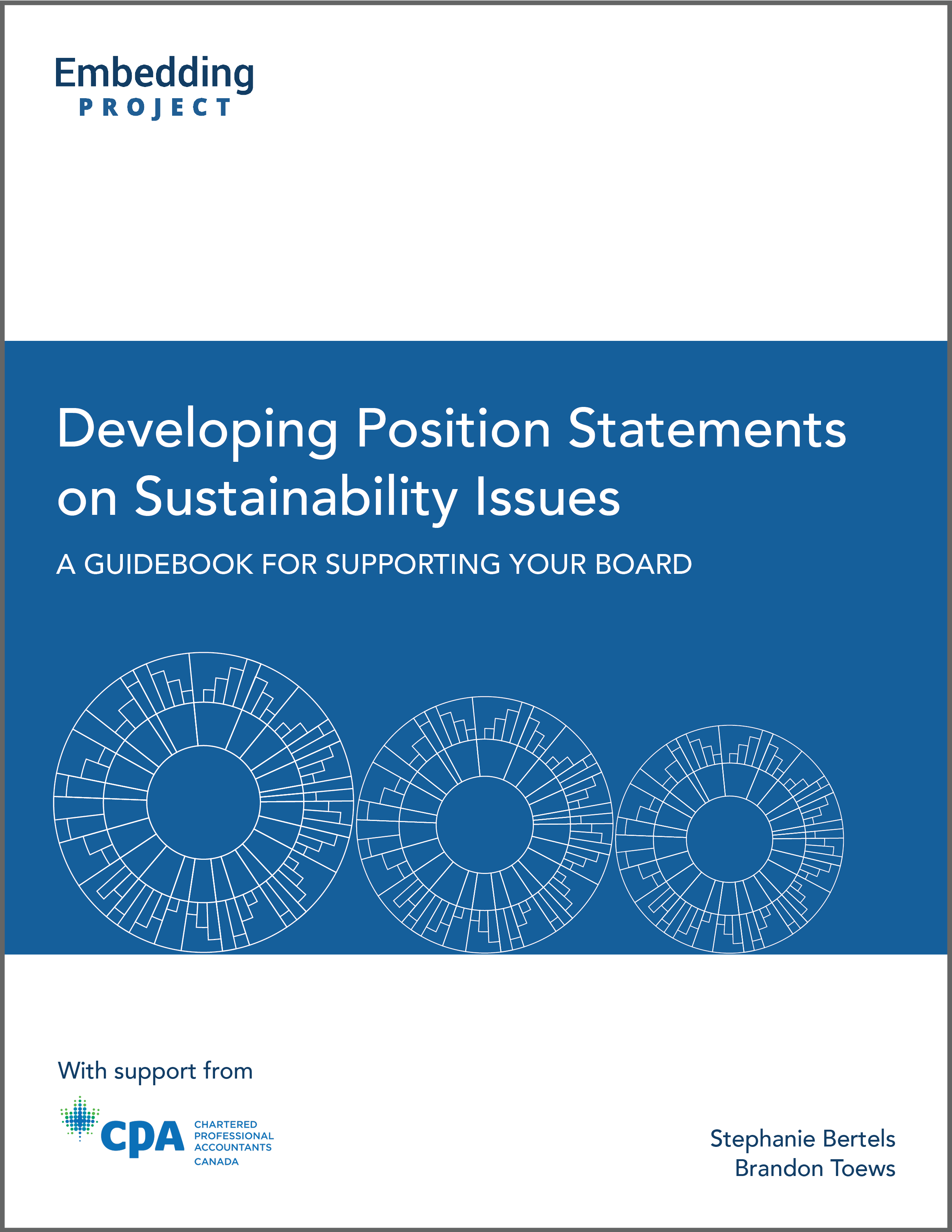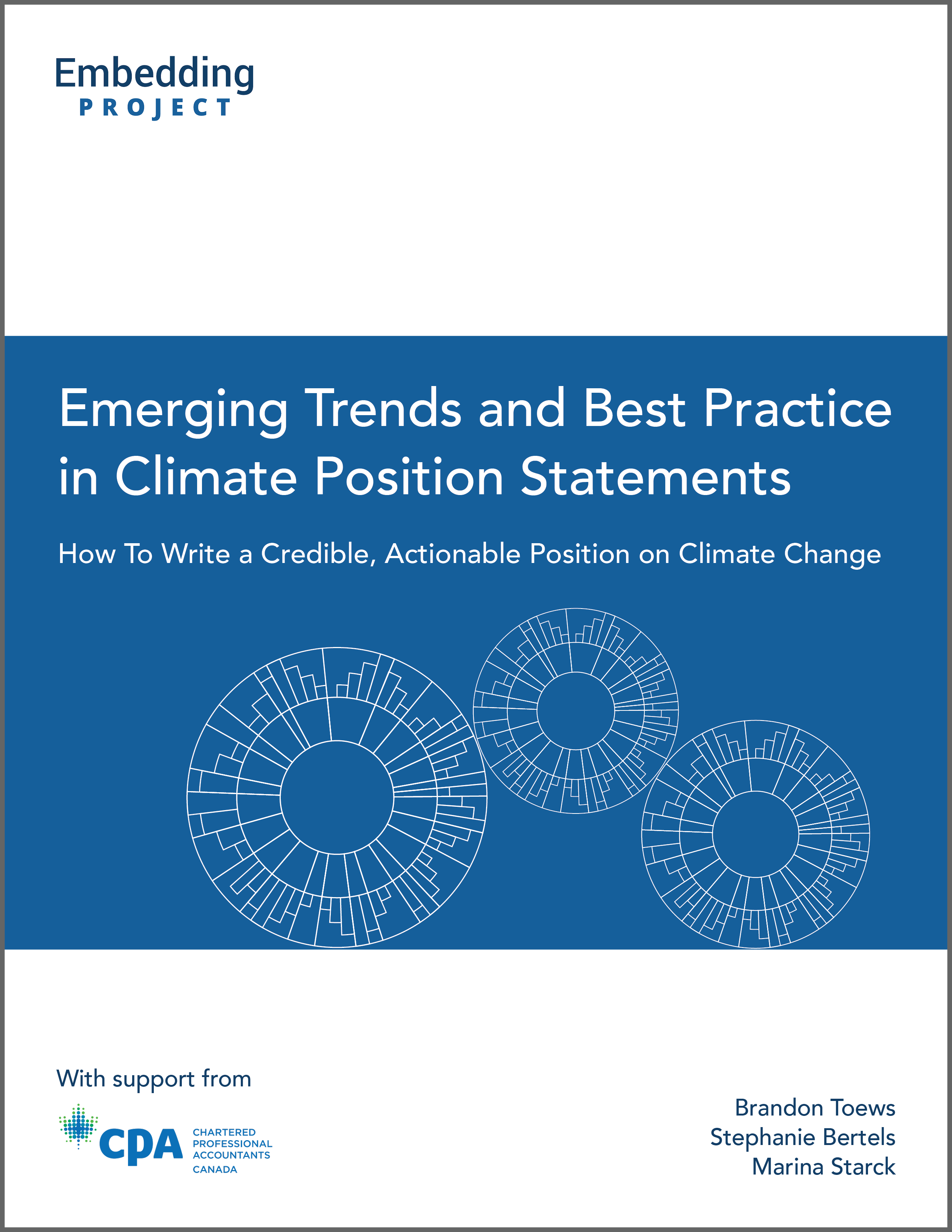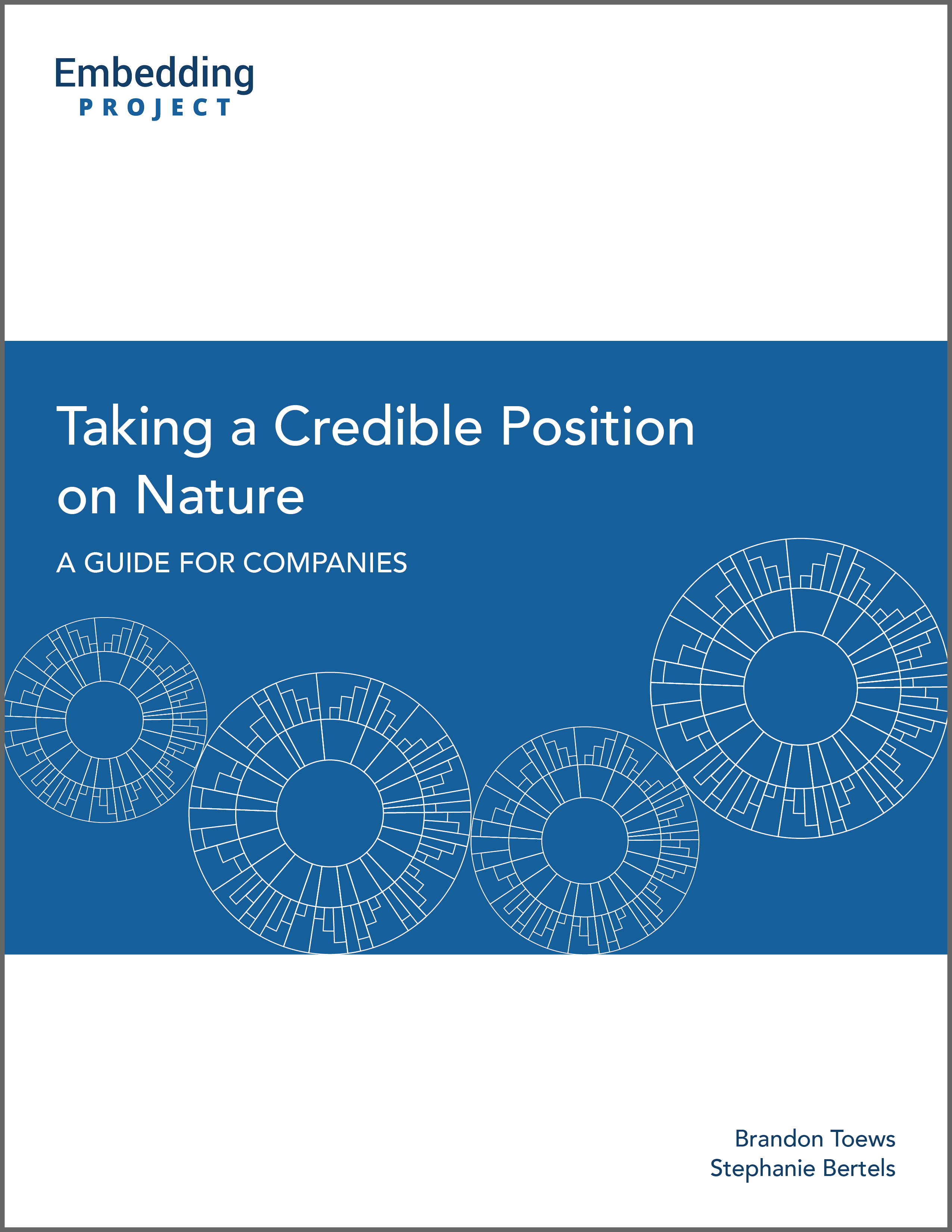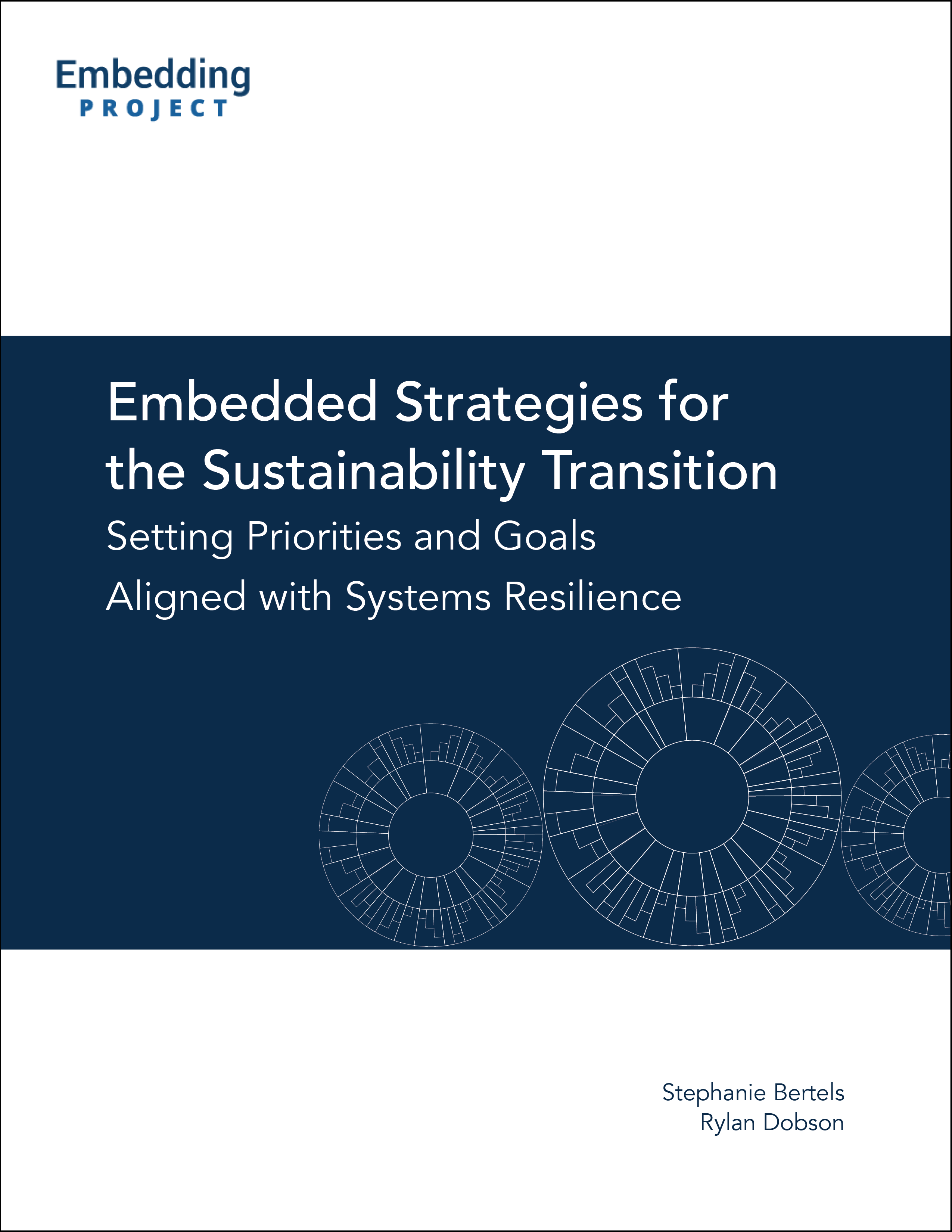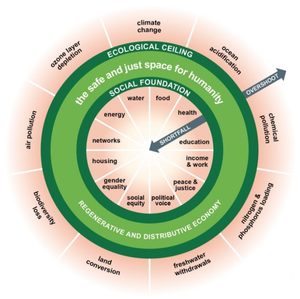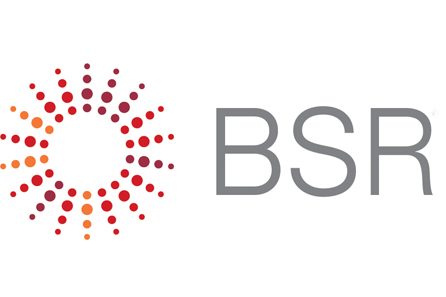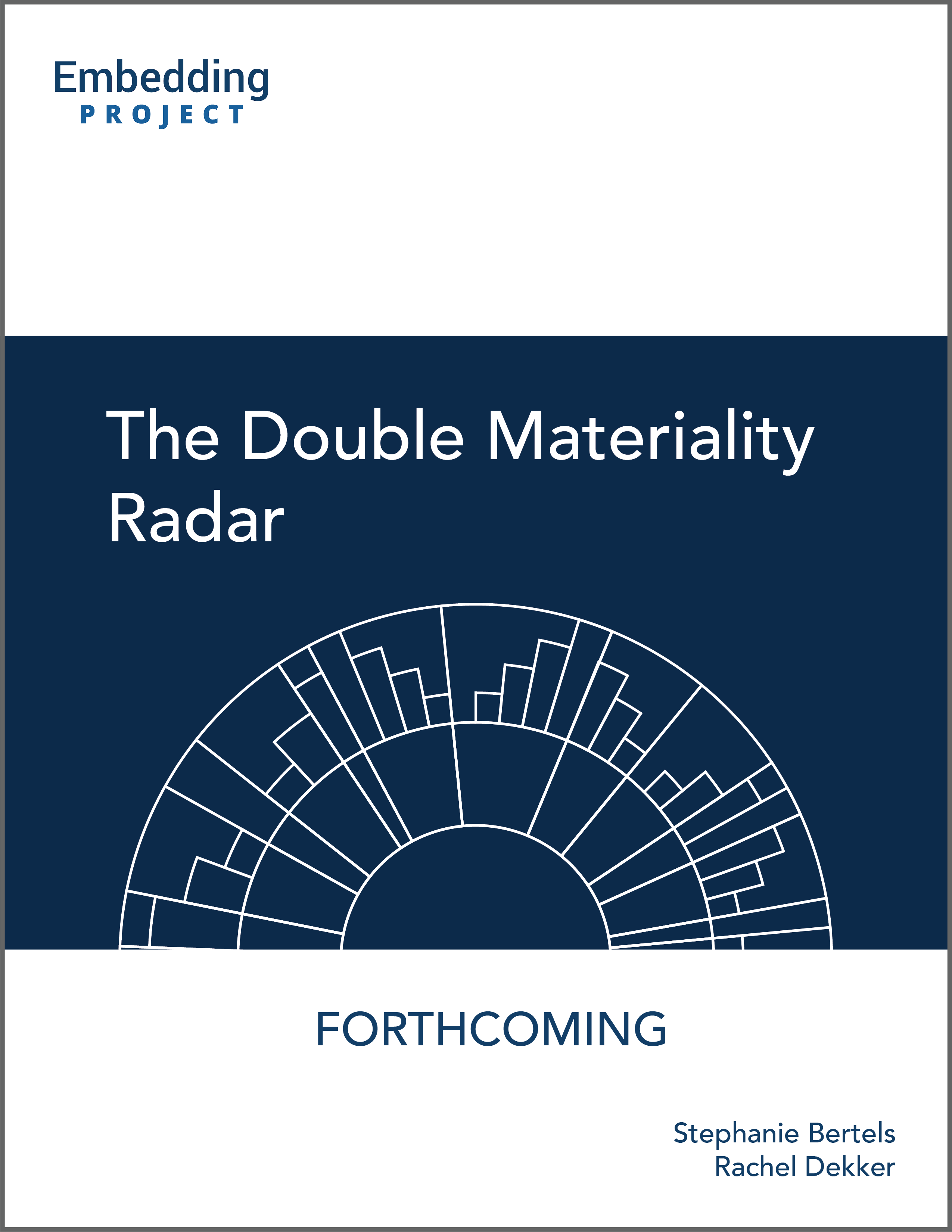Prioritise
Description
These resources will help you to determine and transparently explain where you will direct your efforts based on the strategic relevance of particular issues to your business, where your company has the greatest operational or value chain impacts, the urgency of action, and where you are best positioned to support the resilience of the underlying systems.
Share this Practice on:LinkedIn
Resources
Aligning Strategy
Position Database
Is your company interested in taking a public position on an ESG issue?
To help companies develop strong, clear positions, we will maintain a public database containing leading positions articulated by large companies globally.
Our governance guide outlines how companies should articulate their positions, and we have applied this criteria to the positions featured in this database.
Developing Position Statements on Sustainability Issues
There is growing pressure among companies to link social and environmental limits to corporate strategy and goal-setting. However, the result is often a lengthy document that fails to make strategic connections between specific issues and their implications on business decision-making. We developed this guidebook to help you articulate a concise and transparent board level position on key environmental, social, and governance issues. Drawing upon in-depth analyses of over 4,000 board position statements; over 200 interviews with CEOs, directors, and board chairs; and concepts outlined in our series on the Road to Context, this guidebook provides a checklist for crafting a contextual board position statement and includes examples from a range of industries and global settings.
Emerging Trends and Best Practice in Climate Position Statements
Climate change is happening, and the impacts are intensifying. Companies are expected to take a position on climate change and outline an appropriate response. The Embedding Project’s climate position guide helps companies to articulate a concise and transparent board level position on climate change. Drawing on in-depth analyses of over 2,600 climate position statements, this guidebook provides a checklist for crafting a climate position statement with concrete examples from a range of industries and global settings.
Taking a Credible Position on Nature
There is growing pressure on companies to publicly acknowledge the unprecedented nature loss we face, and what they plan to do to address it. To help them do so, we reviewed over 1,000 statements on nature loss, biodiversity, and ecosystem stewardship from a wide range of geographies and industries, and identified examples of how companies are explaining the issue of nature loss, linking the issue of nature loss to their strategy, and clarifying their commitments to protect and restore nature. We hope this guide is helpful to you in articulating your own credible position statement on protecting and restoring nature.
Embedded Strategies for the Sustainability Transition
It is time for companies to take a very different approach to corporate strategy.
Our Embedded Strategies guide helps companies respond to the growing calls for businesses to articulate their purpose and their strategy in alignment with the need to shift the global economy towards the reduction of inequality, a rapid climate transition, the preservation of biodiversity, and the elimination of waste.
This guide will help you to develop a contextual strategy and goals that ensure your company is doing its part to maintain the resilience of key social and environmental systems.
Building on our Road to Context guide with insights from 300+ interviews with senior executives, CEOs, board chairs, and directors, as well as our experiences supporting companies around the world, it outlines resources and tactics that can help your company to scan for emerging issues and risks; understand their implications for your business; understand your impacts and your potential for positive influence; prioritise where it makes sense to direct your efforts; and set your strategy and goals in alignment with delivering systems value.
Integrated Decision-Making Framework
Often, direct financial impacts are prioritised in decision-making, while other impacts, such as those related to nature and society, are not considered to the same extent, despite being equally real and tangible. The Integrated Decision-Making Framework provides a roadmap for considering and navigating the landscape of our planet's intersecting natural, social, human, and produced capital, and for embedding the values of these four capitals into all decision-making.
The Integrated Decision-Making Framework provides a practical approach for an integrated capitals assessment with a clear governance structure. It features detailed technical guidance for practitioners, and is aimed to support them in preparing capitals information for decision-making. Currently, the Framework is comprised of three key resources: the Capitals Protocol, Governance for Valuation, and A Primer on Integrated Decision-Making. To help you value four capitals systemically into decisions, the Capitals Protocol provides seven iterative steps for integrated decision-making. These steps form the backbone of an integrated capitals assessment, and are organised in three stages: Assemble, Assess, and Act. Governance for Valuation increases transparency and consistency in valuation, building on four blocks to drive confidence in decision-making: transparency requirements, confidence criteria, value notes, and attribution scopes. Additionally, the Primer on Integrated Decision-Making offers a high-level introduction to the purpose, structure, and available technical guidance that the Integrated Decision-Making Framework provides.
Tipping Points
Safe and just Earth system boundaries
This study from the Earth Commission uses modelling and literature assessment to quantify safe and just Earth system boundaries for five critical domains: climate, the biosphere, freshwater, nutrient cycles, and aerosols at global and sub-global scale. It builds on the work of the planetary boundaries framework and proposes a set of safe and just boundaries for maintaining the resilience and stability of the Earth system and for minimising human society’s exposure to significant harm. The paper notes that the just operating space is smaller than the safe one for several of the boundaries, and that several have already been transgressed on a global and local scale. This means that unless a timely transformation occurs, irreversible tipping points and widespread impacts on human well-being are likely to be unavoidable.
A just world on a safe planet: a Lancet Planetary Health–Earth Commission report on Earth-system boundaries, translations, and transformations
This groundbreaking and comprehensive report explains that the Earth's safe and just space for humanity to survive and thrive within is shrinking. The authors assert that the only way to provide for everyone and to ensure societies, businesses, and economies thrive without destabilising the planet is to reduce inequalities in how critical Earth system resources (such as freshwater and nutrients) are accessed and used and to radically transform our economic systems and technologies.
Building on the work of the Safe and Just Earth System Boundaries report, scientists have added a “foundation” by quantifying the safe and just Earth-system boundaries (ESBs) that the global population depends upon to live a life free from poverty. The report describes a safe and just corridor that is essential to ensuring sustainable and resilient human and planetary health and defines eight ESBs across five domains; discusses the need for translating ESBs across scales to inform science-based targets for action by key actors; identifies the system transformations necessary to bring about a safe and just future; and more.
A Good Life For All Within Planetary Boundaries
This tool allows you to explore and compare "national snapshots" of the resource use associated with countries meeting the basic needs of their peoples. This will help you to understand and compare national performance relative to the Doughnut of social and planetary boundaries so that you can better prioritise your sustainability-related efforts.
The Nine Boundaries Humanity Must Respect to Keep the Planet Habitable
This article provides a summary of the Planetary Boundaries Framework and explores the environmental transformations of the Anthropocene era, the early indicators of systems under stress and threatening collapse, the compounding effect of feedback loops, and crucial next steps. If you are new to the concept of planetary boundaries and thresholds, this is a good introduction.
Planetary Boundaries: 'Let the environment guide our development'
First introduced in 2009, this framework identifies and quantifies nine planetary boundaries (or thresholds) which regulate the stability and resilience of the earth. Crossing these boundaries may generate abrupt and irreversible environmental changes that threaten the earth’s capacity to support human life. Tipping points have already been reached for climate change, biodiversity, land-system change, and the nitrogen cycle. In this TED talk, Johan Rockstrom from the Stockholm Resilience Centre introduces the framework, explores how human growth has strained resources, and explains how the global community can prioritise and scale solutions.
The Social Foundation: 'A Safe and Just Place for Humanity'
Kate Raworth's “Doughnut” model is a key framework for understanding sustainability context. Building on the planetary boundaries framework as a 'ceiling', it adds social foundations as a 'floor' and underlines the need to operate in the space between. The social foundation is made up of 11 boundaries that draw attention to communities needing access to basic resources to fulfill their human needs. This access needs to be achieved in a way that does not place undue stress on the earth's resources. The framework is based on the premise that we should be striving to build and maintain social foundations while staying within planetary boundaries.
Doing Business Within Planetary Boundaries
This report can help you to understand how businesses and investors can address the climate and nature crisis by shifting how they measure corporate activities. The report is a collaborative effort from the Beijer Institute of Ecological Economics, Stockholm Resilience Centre, and the Biosphere Program at the Royal Swedish Academy of Sciences, and is the result of decades of collaborative and transdisciplinary research combining ecological economics, resilience science, and Earth system science with sustainable finance. The report argues that focusing attention narrowly on companies' most financially material environmental impacts impedes the assessment of cumulative environmental impacts. This undermines the ability to gauge where we are in relation to planetary limits, and is likely to lead to unreliable assessments of climate and nature-related risks and the inability to set informed targets. The report explains how anchoring corporate activities in the planetary boundaries framework can help businesses to drive sustainable transformation, and explains how more fulsome and accurate information about corporate environmental impacts and risk can support this. The report provides an overview of key features that characterise meaningful environmental disclosures as well as science- and sector-based guidance for prioritisation of data collection and disclosing essential environmental impacts. It also provides insights into a new science-based tool, the Earth System Impact score (ESI), which provides information on how a company’s local environmental impacts translate into global effects on climate and nature and can help businesses identify key areas for improving environmental performance and facilitating the development of strategic plans to enhance sustainability.
Doughnut of social and planetary boundaries monitors a world out of balance
This article from Kate Raworth can help you to better understand the scale and scope of action required for humanity to eliminate social inequity and environmental decline this century. It unveils a renewed and strengthened Doughnut framework that features a revised set of 21 dimensions measured by 35 indicators of social deprivation and ecological overshoot over the 2000–2022 period. The article finds that while global gross domestic product has more than doubled in that span, median results show only a modest achievement in reducing human deprivation - one that must accelerate fivefold to meet the needs of all people by 2030. Meanwhile, the increase in ecological overshoot would have to stop immediately and accelerate nearly two times faster towards planetary boundaries to safeguard Earth-system stability by 2050. The report also demonstrates that the richest nations disproportionately contribute to annual ecological overshoot relative to their populations, whereas the poorest countries disproportionately experience social shortfalls. These trends and inequalities reaffirm the case for overcoming the dependence of nations on perpetual GDP growth and reorienting towards regenerative and distributive economic activity - within and between nations - that assigns priority to human needs and planetary integrity. The article provides additional insights and analysis of 21st century trends, and explores critical transformations that are essential to redefining and reorienting progress.
Resilience Science Must-Knows
This report from Stockholm resilience Centre, Future Earth, and the Global Resilience Partnership distills decades of resilience science research into nine critical "Must-Knows" that can help you to better understand how nature, societies, and economies can thrive within planetary boundaries. Synthesising insights from multiple areas of resilience research and informed by practice to ensure both scientific validity and real-world relevance, the report was developed through engagement with experts, peer-reviewed literature, dialogue with decision-makers, and global editorial leadership. Understanding these "Must-Knows" will benefit executives and directors directly, as well as change agents that want to prime and develop the sustainability-related sensibilities of senior leaders.
Materiality
SASB Materiality Map
The Materiality Map was developed by the Sustainability Accounting Standards Board (SASB). It ranks issues by industry based on two types of evidence: evidence that investors in the industry are interested in the issue, and evidence that the issue has the ability to impact companies within the industry. Updated annually, this map is a good starting point to get a snapshot of industry specific priorities.
Materiality Assessments: Why It’s Time for a New Approach
Done well, corporate sustainability materiality assessments should improve the quality and relevance of your disclosures and ideally, clarify where your company needs to take action and inform your core business strategy. Unfortunately, most materiality assessments don’t live up to that promise. In this blog post, we reflect on how we got here and why the materiality assessment process is in desperate need of an overhaul.
Double Materiality Assessments: Criteria for a More Robust Process that Supports Strategy and Disclosure
Thinking about how to undertake a double materiality assessment? In this blog post, we share what we consider to be fundamental criteria for a better approach.
The double-materiality concept: Application and issues
If you are looking for a more comprehensive explanation of the concept and applicability of double materiality, this white paper from GRI may be of help. It draws on academic research to investigate how double-materiality is implemented in sustainability reporting and identifies some of the benefits and challenges when applying double-materiality in practice.
Double and Dynamic: How to Enhance the Value of Your Materiality Assessment
BSR has created a blog series focused on expanding the scope and value of materiality assessments. The first can help you to understand the value of taking a scenario-driven approach to double materiality, where stress-testing and scenario analysis are used to determine which sustainability issues are most likely to challenge and undermine the resilience of your organisation. The second can help you to understand the value of taking a scenario-driven approach to double materiality, where stress-testing and scenario analysis are used to determine which sustainability issues are most likely to challenge and undermine the resilience of your organisation. The third can help you to understand the benefits of focusing your materiality assessment on your company's impacts on communities, the environment, and other affected stakeholders rather than on decision-useful disclosures for investors and other report readers.
The Double Materiality Radar
Over the past five years, working with our partner companies, we have been developing, piloting, and refining a comprehensive, impact-oriented double materiality prioritisation process.
In this forthcoming guide, we will share this new approach to corporate sustainability materiality assessment, grounded in context and impacts, that brings more clarity to your disclosures, better insights to your corporate strategy process, and will help your company prioritise where to act to do its part to support sustainability.
To be notified when this guide is released, sign-up for our monthly newsletter or follow us on LinkedIn.
Share this Practice on:LinkedIn
